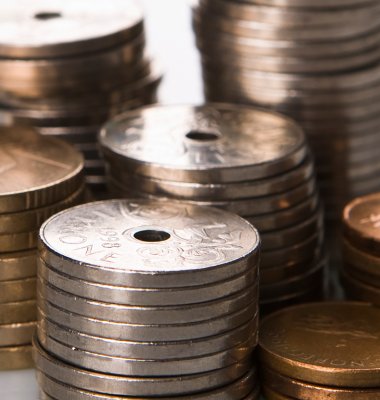PPI increased by 51.9 percent in 2022 when we compare prices for the whole year with the whole of 2021. This is the highest Yearly increase/decrease: The general increase or decrease in value of a measure in a calendar year relative to the same measure the year before. Yearly increase or decrease is calculated by taking the ratio between the averages of the monthly indices for both years. Yearly increase/decrease must not be confused with the rolling twelve-month change, which shows the change from one month to the corresponding month the year before. since a larger restructuring of the index in 2001. This upturn came atop of the then record high yearly increase in 2021, which stood at 37.8 percent. As in 2021, energy goods were large contributors to the increase, albeit smaller in 2022 than the year before. The war in Ukraine led to an outstanding supply shock on natural gas. The increased prices on natural gas led to pressure on prices for electricity in Europe. This, together with low magazine filling in Norway made prices on electricity jump in an unprecedented manner. For the remaining two main groups of energy goods, crude oil and refined petroleum products, prices went up in the first half of the year and then mainly fell throughout the fall. However, both groups had an increase for the whole year.
High yearly increase in manufacturing
2022 stood out with an exceptional strong upturn in prices for manufacturing at a staggering 24.7 percent. Manufacturing also had a strong increase in 2021, albeit of a different character.
– We see that while the increase in 2021 was dominated by industries which are heavily exposed to international prices on raw materials, such as refined petroleum products and basic metals, the increase in 2022 was more spread out onto a wider range of industries, says Espen Kristiansen, chief of division for price statistics.
Among these industries are the food product industry and the chemical industry. For the food product industry, the increase was 17.4 percent. This is very high in comparison to the average in the period 2001-2021, which stand at 3.4 percent. The corresponding yearly increase for the chemical industry was 49.1, compared to the average of 4 percent in the aforementioned period.
PPI up in December
PPIs increased from November to December with energy goods as the largest contributors. The change in PPI total came with rising prices on natural gas and In Norway, production and distribution of electricity are the principal parts of this group. It should be noted that prices on natural gas fell to pre-war levels (voanews.com) at the end of the month, but as a whole there was an increase from November to December. Despite low prices on electricity in Europe caused by mild weather and full gas storages, the prices in Norway were still high. This is caused by Norwegian hydro power producers holding back water until later in winter, writes the Norwegian Water Resources and Energy Directorate (NVE) in their weekly reports (nve.no). For crude oil and refined petroleum products, December saw falling prices. The latter had a decrease in prices at 12.3 percent and contributed heavily to prices for manufacturing in total falling by 2.1 percent.
